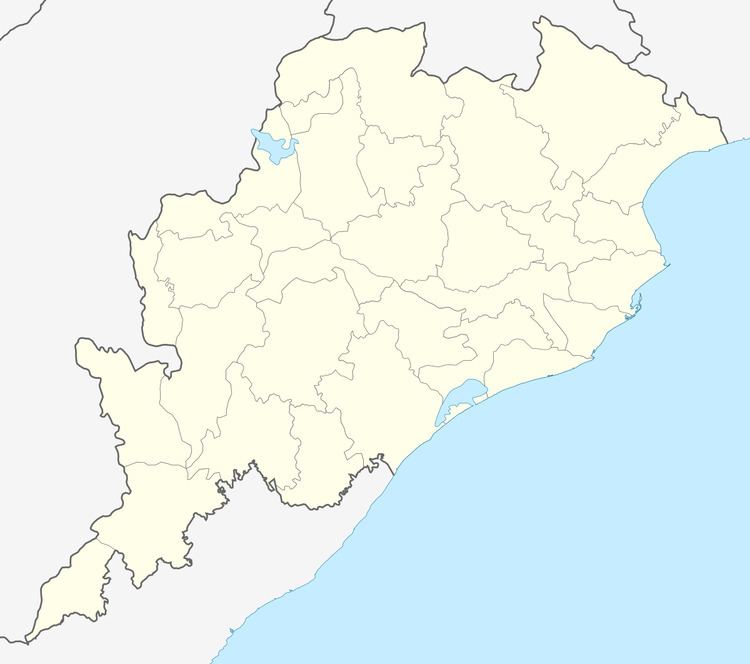Elevation 18 m (59 ft) Date built 13th century A.D. | State Orissa Architectural style Kalinga architecture | |
 | ||
Architectural styles Kalingan Style (Kalinga Architecture) | ||
The Swarnadhisvara Siva temple is located in the northern side of the road leading from Lingaraj Temple to Kedar Gouri. in Bhubaneswar, the capital of the state of Orissa. The temple is facing towards east. The enshrined deity is a Siva lingam within a circular yoni pitha. The Sanctum measures 1.5 square m which is 2 m below the present ground level. The temple is made of laterite. It is an abandoned and a non-living temple. The temple was built in the Late Ganga period in the 13th Century CE.
Contents
Physical description
The building material used is Laterite stone. The Construction technique is Dry masonry and the style is Kalingan
State of preservation
The temple is in a dilapidated condition and is showing sings of deterioration due to growth of vegetation, water seepage from the cracks and encroachments from all sides. The temple is buried up to baranda level. The temple is buried up to baranda level. It was repaired by the Orissa State Archaeology under the X and XI Finance Commission Award.
Threats to the property
The conservation problem is that the rain water is seeping into the sanctum. The temple is covered with lichens, creepers and wild grasses. It is in a dilapidated condition. The monument suffocates because of encroachment. The detached and loose sculptures includes a Ganesha image inside the sanctum standing over a lotus pedestal the deity is holding a parasu in his right hand and the other hands are broken.
